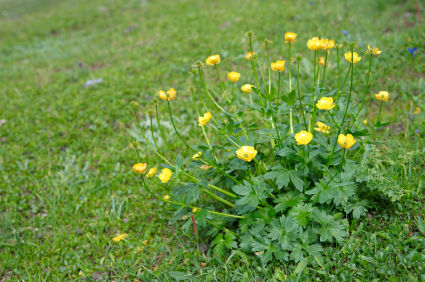
Release beneficial insects to the garden that eat caterpillars, such as parasitic wasps. Spray this mixture on the plants, but be aware it will also be spicy to humans. Chili seeds can be cooked in water to make a spicy spray that caterpillars don't like. Be sure to coat plants, since caterpillars need to ingest Bt for it to be effective. For an organic solution, spray plants with a Bacillus thuringiensis (Bt), which specifically affects the larval stage of moths and butterflies. Solutions: Even though caterpillars are diverse, they all chew on plant parts and can cause significant damage if present in large numbers. Therefore, it will make it difficult for caterpillars to move and eat. This powder is harmless to humans but irritates caterpillars. Using gloves, pick off caterpillars on plants and dispose of them in a bucket of soapy water. Diseased or damaged stems should be cut right at the soil line and removed completely. Finally, you may prefer to just trim off dead or damaged portions of the plant to keep it looking its best as if it's possible. Branches that require a saw need to be pruned using the "three-cut method", which prevents the bark of the branch from tearing and creating cracks in the trunk, which can be detrimental to the recovery of the plant. Pruning Saw is required if the branch is more than three quarters of an inch in size, pruning should be done in the direction of the "Branch bark ridge" to the "Branch collar" to allow for good healing. Branches that are too angled or too small should be removed. When pruning branches you need to leave the strong ones and remove the weak ones, keeping healthy auxiliary branches that grow outwards at about 45 degrees. This will increase ventilation and light, reduce disease infection and allow Buttercup tree to grow more vigorously.

Leaving these intact will allow the tree to have a more natural and open form. Ideally, you should steer clear from pruning any of the tree’s lower limbs. Keep an eye out for any shoots that are becoming congested or are beginning to cross and remove them. This is the period when pruning causes the least damage to the plant. The best time to prune Buttercup tree is between late winter to early spring.


 0 kommentar(er)
0 kommentar(er)
